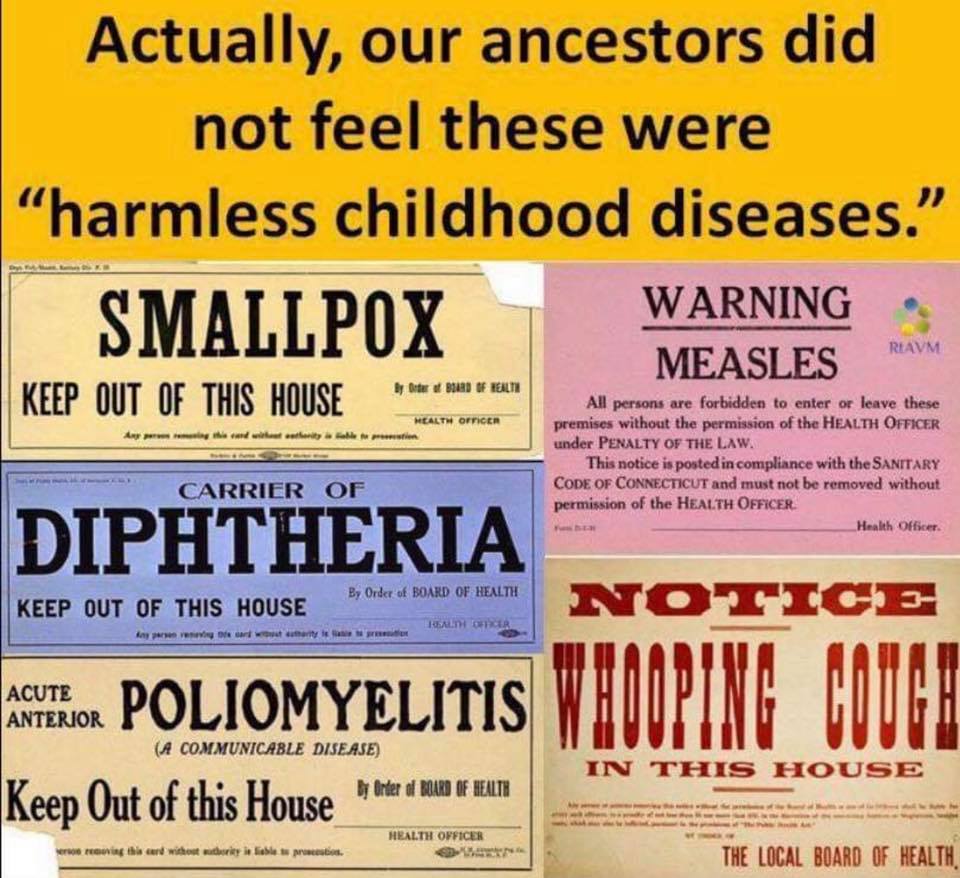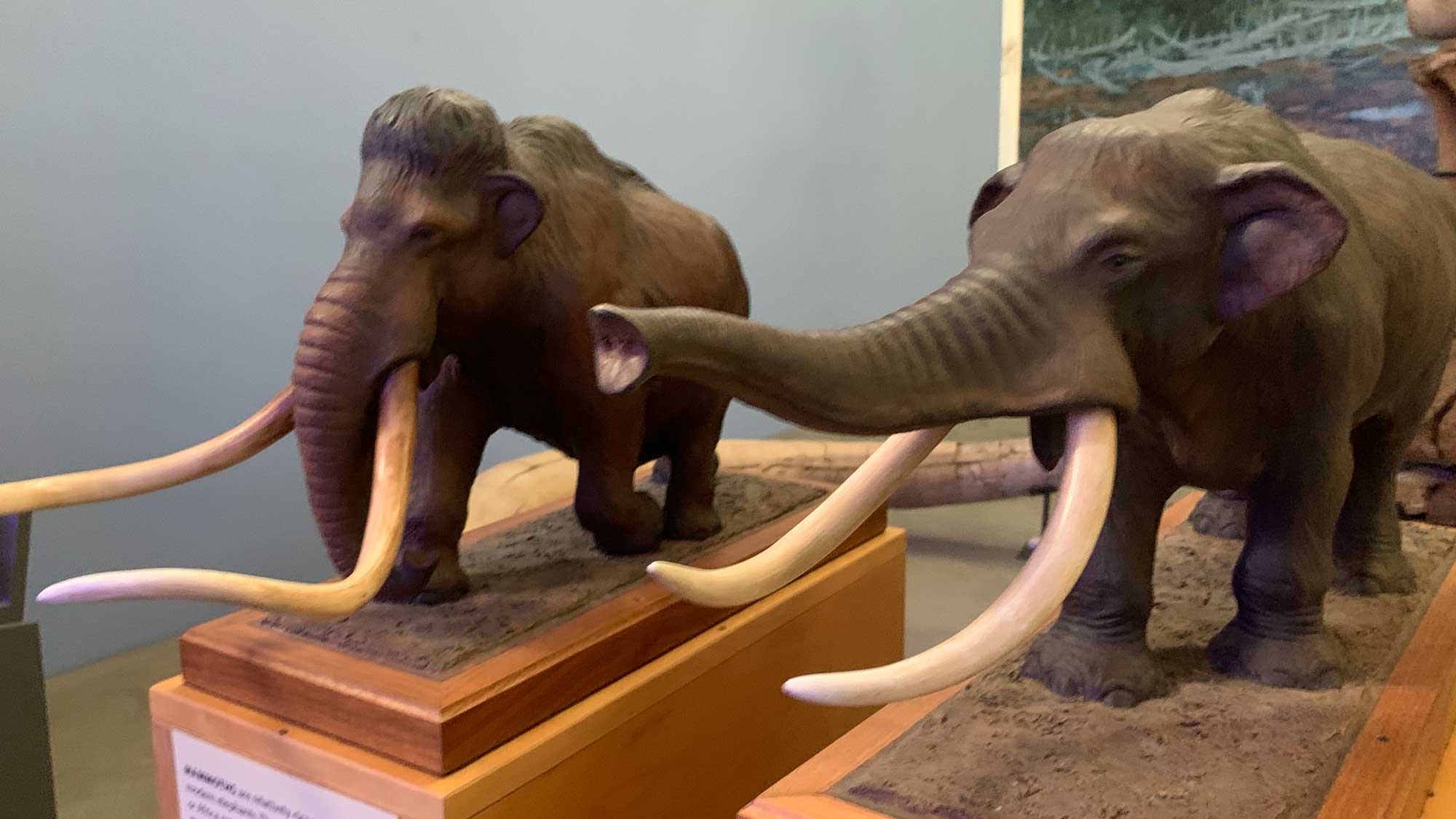
You get rubbish. Tonight TV1 & Stuff both shared an “article” (which also featured in the Daily Mail) about what working from home will do to us in the future, including a 3D render of “Anna”, with clawed hands, hunched back, sunken eyes, & other horrors. It’s the result of a research study, they said. […]
Continue reading






